The energy drinks market in Europe is characterized by a dynamic competitive landscape, driven by evolving consumer preferences and increasing demand for functional beverages. Key players such as Red Bull (AT), Monster Beverage (US), and PepsiCo (US) are at the forefront, each adopting distinct strategies to enhance their market presence. Red Bull (AT) continues to focus on brand loyalty and premium positioning, leveraging its strong marketing campaigns and sponsorships in extreme sports. Conversely, Monster Beverage (US) emphasizes product diversification, introducing new flavors and formulations to cater to a broader audience. PepsiCo (US), through its acquisition of Rockstar (US), aims to integrate energy drinks into its extensive beverage portfolio, thereby enhancing its competitive edge in the market.
The business tactics employed by these companies reflect a moderately fragmented market structure, where localized manufacturing and supply chain optimization play crucial roles. Companies are increasingly localizing production to reduce costs and improve responsiveness to regional consumer demands. This strategy not only enhances operational efficiency but also allows for quicker adaptation to market trends, thereby influencing the competitive dynamics among key players.
In October 2025, Red Bull (AT) launched a new line of organic energy drinks, targeting health-conscious consumers. This strategic move appears to align with the growing trend towards natural ingredients and sustainability, potentially attracting a new demographic while reinforcing its brand image as a leader in innovation. The introduction of organic options may also serve to differentiate Red Bull (AT) from competitors, who are yet to fully embrace this trend.
In September 2025, Monster Beverage (US) announced a partnership with a leading esports organization to create co-branded products and marketing campaigns. This collaboration seems to capitalize on the burgeoning esports market, which has seen exponential growth in recent years. By aligning with esports, Monster Beverage (US) not only enhances its visibility among younger consumers but also positions itself as a key player in a rapidly evolving entertainment sector.
In August 2025, PepsiCo (US) revealed plans to invest €100 million in expanding its production facilities in Europe, specifically for energy drink manufacturing. This investment indicates a commitment to increasing production capacity and meeting the rising demand for energy drinks across the continent. Such a move may also enhance PepsiCo's ability to respond swiftly to market changes and consumer preferences, thereby solidifying its competitive position.
As of November 2025, the energy drinks market is witnessing trends such as digitalization, sustainability, and the integration of AI in product development and marketing strategies. Strategic alliances are increasingly shaping the competitive landscape, allowing companies to leverage each other's strengths and resources. Looking ahead, it appears that competitive differentiation will evolve from traditional price-based competition to a focus on innovation, technology, and supply chain reliability. Companies that can effectively harness these trends are likely to secure a more robust market position in the future.


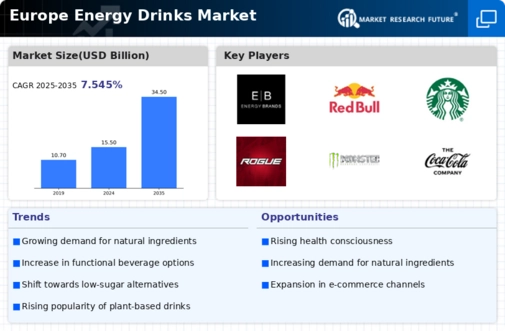

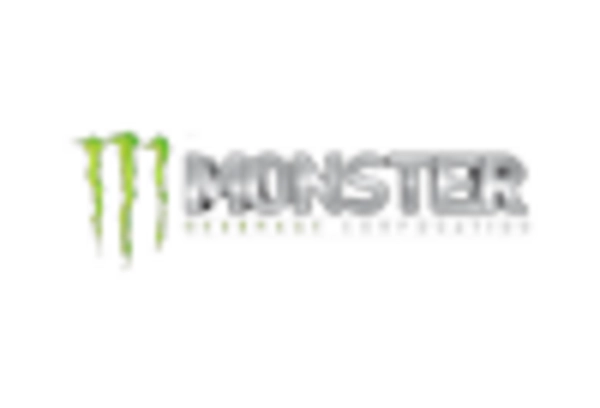
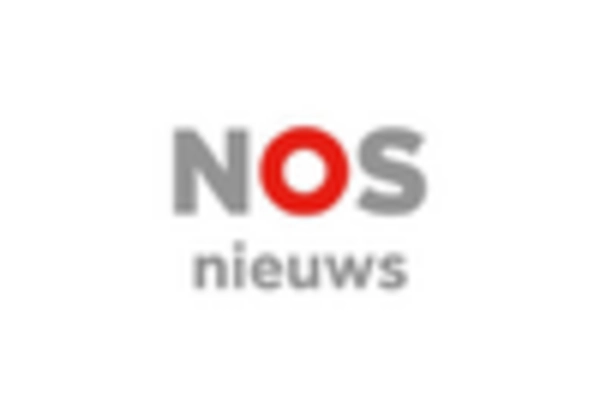

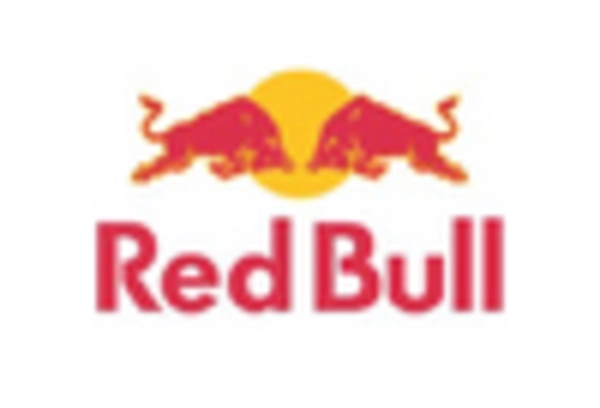
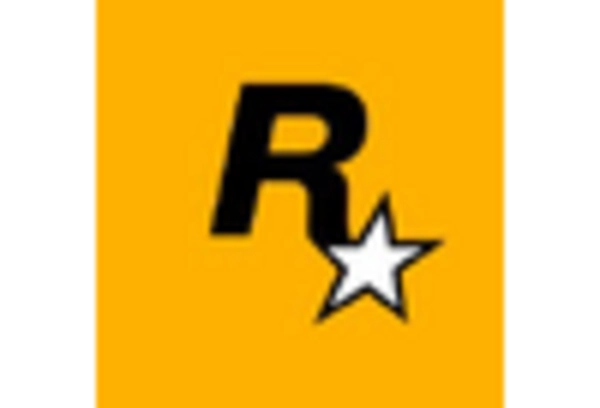








Leave a Comment